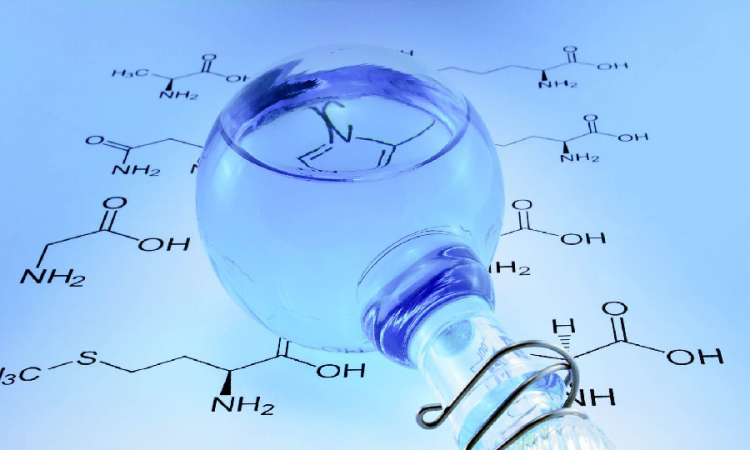
Inorganic chemistry is concerned with the fire protection engineering denver co and habits of inorganic substances, that include metals, minerals, and organometallic substances. While organic chemistry is described as the research of carbon-containing substances and inorganic chemistry is the research of the remaining subset of compounds apart from organic compounds.
While the above definition quite clearly defines these two areas of chemistry, we often tell our JC chemistry tuition students that there is overlap between both areas (such as organometallic compounds, which typically consist of a metal or metalloid bonded straight to carbon). Afterall, the real world is filled with substances that do not strictly fall within either definition and thus requires greater flexibility when attempting to categorise them.
Uses of Inorganic Chemistry
Ammonia
Ammonia is a nitrogen source in fertilizer, and it is one of the significant inorganic chemicals made use of in the manufacturing of nylons, fibers, plastics, polyurethanes (used in rugged chemical-resistant coverings, adhesives, and foams), hydrazine (made use of in jet and rocket fuels), and dynamites.
Chlorine
Chlorine is used in the creation of polyvinyl chloride (utilized for pipes, apparel, furniture and so on), agrochemicals (e.g., soil, plant food, or pesticide remedy), and pharmaceuticals, as well as chemicals for water treatment and sanitation.
Titanium Dioxide
Titanium dioxide is the naturally materializing oxide of titanium, which is utilized as a white powder pigment in paints, finishings, plastics, paper, inks, fibers, food, and cosmetics. Titanium dioxide additionally has great ultraviolet light resistance traits, and there is an increasing need for its usage in photocatalysts.
Typical Inorganic Chemist Jobs
Many inorganic chemists operate in industry, yet they likewise operate in academic establishments and in state labs. Inorganic chemists who work in state their time is increasingly invested creating grant proposals and competing for research study resources.
Inorganic chemists contrast their work to those of materials scientists and physicists. The usual focus is on the analysis of the partnership between physical attributes and functions, but an inorganic chemist is more curious with these attributes at the molecular degree.
Inorganic Chemistry Industries
Fibers and Plastics
Fibers are components that are continuous filaments or discrete extended items, comparable to lengths of string. They are necessary for a variety of uses, such as holding tissues together in both animals and plants. There are many different sort of fibers such as textile fiber, natural fibers, and synthetic or human-made fibers such as cellulose, mineral, polymer, and microfibers.
Fibers can be twirled into filaments, string, or rope; used as a part of composite product; or matted into sheets to make items such as paper. Fibers are frequently utilized in the manufacture of other materials. The toughest engineering materials are usually made as fibers, as an example, carbon fiber and ultra-high-molecular-weight polyethylene.
